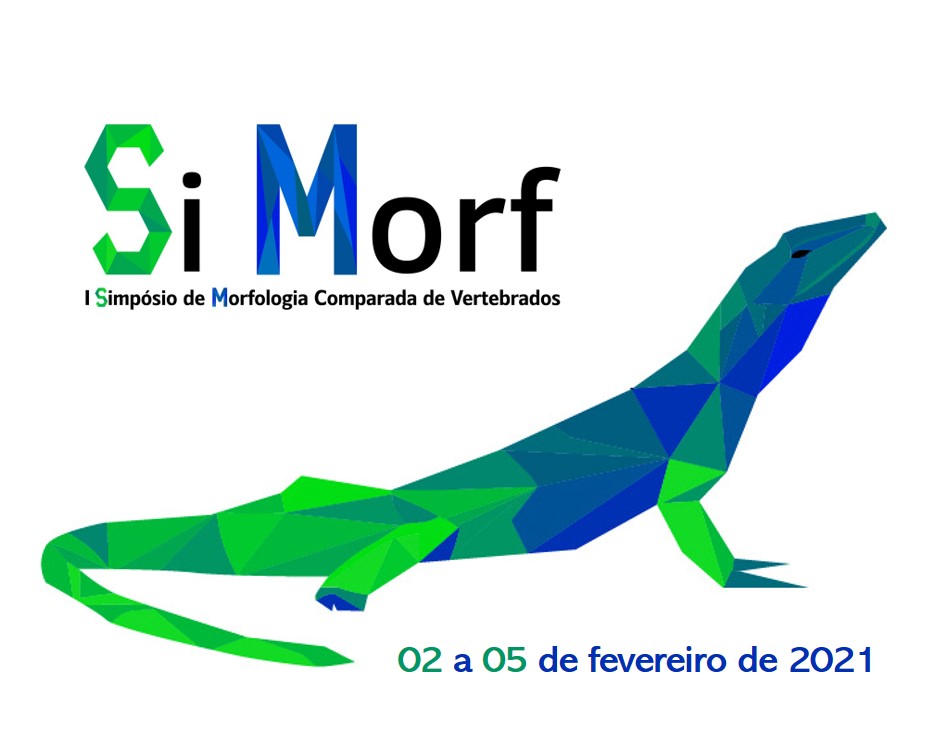Anais do I Simpósio Brasileiro de Morfologia Comparada de Vertebrados
Removing the frog brain: a protocol to minimize specimen damage
Como citar esse trabalho?
Para citar este trabalho use um dos padrões abaixo:
Como citar esse trabalho?
- Tipo de apresentação: Pôster
- Eixo temático: Anatomia descritiva
- Palavras chaves: Anura; dissection; Methodology; Neuroanatomy;
- 1 Universidade Federal do Rio de Janeiro
Removing the frog brain: a protocol to minimize specimen damage
Andressa de Mello Bezerra
Universidade Federal do Rio de Janeiro
Agora você poderia compartilhar comigo suas dúvidas, observações e parabenizações
Crie um tópico- Tipo de apresentação: Pôster
- Eixo temático: Anatomia descritiva
- Palavras chaves: Anura; dissection; Methodology; Neuroanatomy;
- 1 Universidade Federal do Rio de Janeiro
Vertebrate brains have been the focus of several researches, mainly for being directly related to the control of behavior and cognitive abilities. Recently, the interest in comparative studies using brains has increased, mainly due to the introduction of new methods that estimate the ancestral state and the evolutionary history of particular features. Despite of that, there is no published protocol on brain removal, which usually results in several failures and unnecessary specimens’ destruction, damaging its external morphology, bones, and muscles. Besides being the first description of a brain dissection, the main goal of this protocol was to remove the brain with the least possible damage to the specimen. This method follows seven major steps starting from cutting the frog skin using a scalpel in a cross format and ending by releasing the brain passing a tweezer between the brain and the bottom of the braincase. This method allows the external morphology to remain almost the same as before the brain removal, keeping most structures and morphological traits. Nonetheless, it is almost impossible to completely save the bones from the top of the skull, such as parasphenoid, sphenotimoid, and nasals, and also some adjacent muscles. The only methods that allow the brain study without any damage to the specimen are microCT and resonance techniques. These technologies are expensive and difficult to access, and they are also limited for cellular and histological studies. This protocol is an attempt to provide a step-by-step for researchers who wants to conduct brain studies and want to preserve the specimen as much as possible for further studies.
Discussões Científicas de Qualidade
Com ~200 mil publicações revisadas por pesquisadores do mundo todo, o Galoá impulsiona cientistas na descoberta de pesquisas de ponta por meio de nossa plataforma indexada.
Confira nossos produtos e como podemos ajudá-lo a dar mais alcance para sua pesquisa:
Como citar esse proceedings?
Esse proceedings é identificado por um DOI , para usar em citações ou referências bibliográficas. Atenção: este não é um DOI para o jornal e, como tal, não pode ser usado em Lattes para identificar um trabalho específico.
Verifique o link "Como citar" na página do trabalho, para ver como citar corretamente o artigo


